Some people don’t want to leave their heirs with totally free access to the wealth they’ve accumulated, and some want to put limitations on when or how money is used. Others would like to protect an inheritance from being attacked by creditors or diverted away from children by a second wife or husband. You may be wondering, “Should I use a testamentary trust or a living trust?” US News’ recent article entitled “What Is a Testamentary Trust and How Do I Create One?” says that in all these situations, a testamentary trust can be a great estate planning tool.
Trusts are created to hold assets. Money in a trust is managed according to the wishes of the person who created it. A testamentary trust is created in a will, and that trust doesn’t come into existence until after a person dies and the will has been validated by a probate court.
When the trust has been created, a person’s assets are placed into it and then distributed as designated by its instructions.
Also known as a revocable trust, a living trust is created before a person’s death. A revocable trust is created outside of probate, so heirs don’t have to go through the court system to inherit assets from a living trust. The trustee can distribute funds directly to beneficiaries.
Both testamentary trusts and living trusts are used for estate planning. However, a living trust is more flexible because living trusts are created outside probate and managed outside the court system. Testamentary trusts are administered through probate for as long as they are in effect.
A testamentary trust is often used to manage money for minor children. However, it also can protect assets in other situations, such as if you’re worried that your adult child might get divorced and don’t want the inheritance to get split in the proceedings. A trust may be one way to do that.
There are websites that have templates to create trust documents. However, the issue is that people don’t understand all the ins and outs of how these documents work. If assets are titled wrong, they might be excluded from the trust.
That would defeat the whole purpose of creating one. Do-it-yourself forms could also be more likely to face legal challenges.
The testamentary trust doesn’t go into effect until the person dies. The testamentary trust will then be created and assets will be transferred into it as stated in your will. Distributions subsequently happen from the trust as dictated by you.
Reference: US News (June 14, 2022) “What Is a Testamentary Trust and How Do I Create One?”







